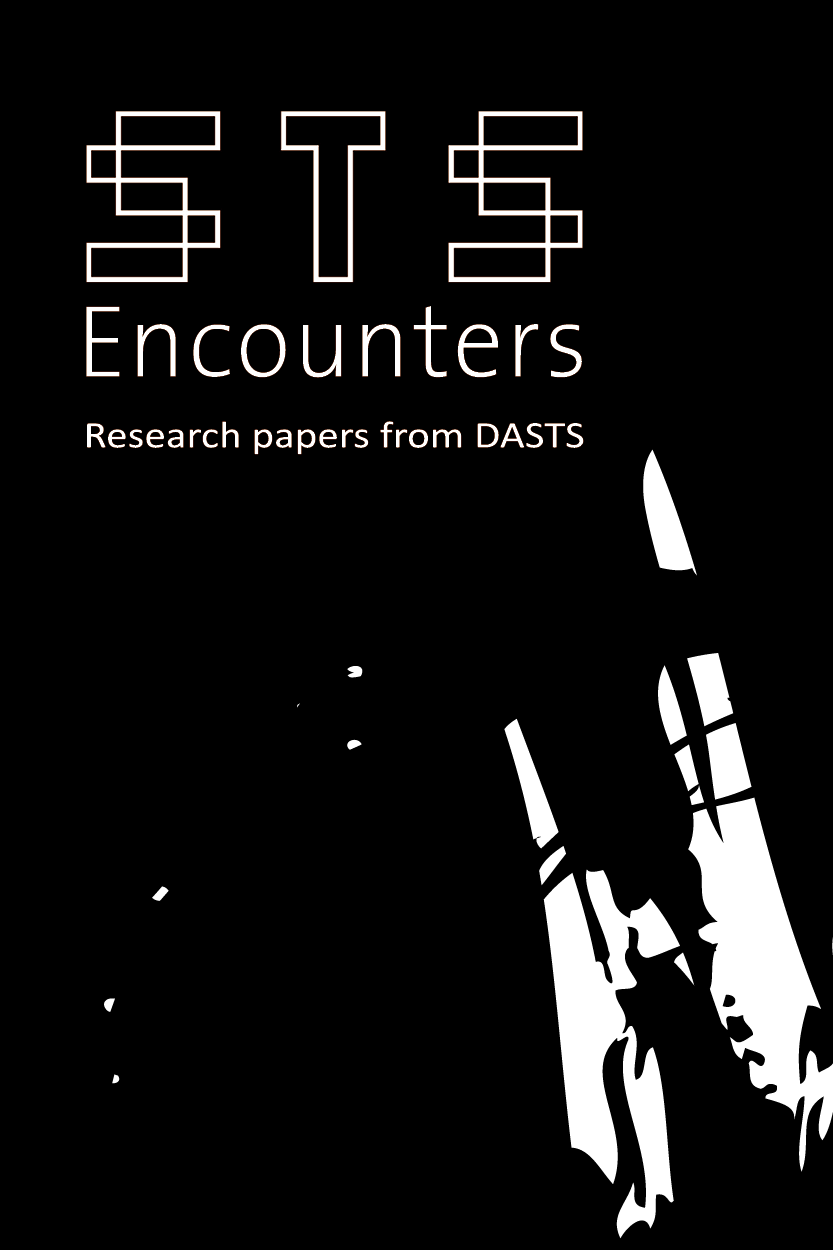Demonstrating Doability
The Networking Practices of a Danish Renewable Energy Island
Keywords:
renewable energy island, climate change, public demonstrations, quali-quantitative methods, assemblage ethnographyAbstract
This article analyses the making of a public demonstration project with the aid of online and offline ethnographic methods, also known as assemblage ethnography. The object of demonstration is Samsø, a small tourism and farming island that was appointed Denmark’s Renewable Energy Island and embarked on a ten-year experiment to become energy self-sufficient. Through demonstrations of this achievement to national and international audiences, Samsø came to exemplify the practical doability of sustainability initiatives. I ask how the island managed to become this flexible and widely known examplar capable of traversing multiple geographic and thematic zones ‘across scales, sites, and practices’ (Wahlberg 2021). The study suggests that while Web-based activities played a role, a promotional project like the Renewable Energy Island is as dependent as ever on socio-material practices such as travelling, participating in projects and giving presentations. Drawing on Science and Technology Studies literatures on public demonstrations and quali-quantative network analysis, the study combines ethnographic fieldwork with digital network mapping to analyse four manifestations of Samsø in various networks. I argue that such assemblage ethnography is essential if we are to grasp how movements on and off the Web are co-implicated in the establishment of exemplars such as the Renewable Energy Island. In the face of imminent climate crisis and our apparent inability to implement large-scale solutions, it is more relevant than ever that we study the ‘small’ and local cases such as Samsø and what makes them able to escape their local conditions and travel far and wide, perhaps leading the way to a more sustainable future.
Downloads
Published
How to Cite
Issue
Section
License

This work is licensed under a Creative Commons Attribution-NonCommercial-ShareAlike 4.0 International License.
Starting with volume 15, articles published in STS Encounters are licensed under Attribution-NonCommercial-ShareAlike 4.0 International (CC BY-NC-SA 4.0). The editorial board may accept other Creative Commons licenses for individual articles, if required by funding bodies e.g. the European Research Council. Previous articles are not licensed under Creative Commons. In these volumes, all rights are reserved to the authors of the articles respectively.





